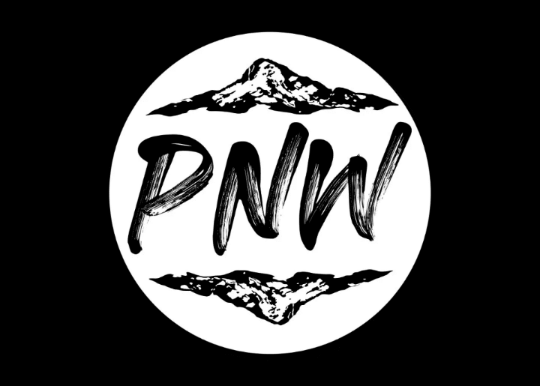Having a home is one of life’s greatest joys but comes with its fair share of responsibilities. One of the more unpleasant surprises is discovering hidden damage in your home. Whether it’s a leaky pipe, mold, or structural issues, finding such problems can feel overwhelming. But don’t worry, taking the right steps can help you address the issue efficiently and protect your investment.
Step 1: Prioritize Safety
Some hidden damage can pose immediate safety risks. For example:
- Water leaks can cause electrical hazards or weaken structural elements.
- Mold growth can lead to health problems if left untreated.
- Structural cracks can compromise the stability of your home.
If you suspect the issue could endanger your family, leave the area and call a professional immediately. Safety should come first.
Step 2: Investigate the Cause
Identifying the root cause of damage is necessary before repairs. For example, a water stain on the ceiling may signal a leaking roof or plumbing issue, while peeling paint or mold could indicate humidity or ventilation problems. Hiring a home inspector or specialized contractor can help address the underlying issue, not just the visible damage.
Step 3: Contact Your Insurance Provider
Homeowners insurance might cover the cost of repairing hidden damage, depending on the cause and your policy. Call your insurance provider and explain the situation. Share the photos and notes you’ve taken to support your claim.
Step 4: Get Professional Help
Once you understand the extent of the damage, hire licensed and experienced professionals to handle the repairs. Depending on the problem, this could be a plumber, contractor, roofer, or mold remediation specialist. Avoid DIY fixes for complex issues—they might save you money initially, but improper repairs can lead to bigger expenses down the line.
Step 5: Prevent Future Problems
After the damage is repaired, take steps to prevent it from happening again. Here are some tips:
- Schedule regular maintenance for your home, such as gutter cleaning and roof inspections.
- Install moisture detectors in areas prone to leaks.
- Seal cracks in walls, ceilings or foundations before they expand.
- Ventilate your home properly to avoid humidity-related issues like mold.
Step 6: Learn and Plan Ahead
Hidden damage can serve as a valuable learning experience. Review your homeowner’s insurance policy to ensure you’re adequately covered. Try setting up an emergency fund for unexpected repairs so you’re financially prepared for future surprises.
Discovering hidden damage in your home can be stressful, but it’s not the end of the world. By staying calm, addressing safety concerns, investigating the cause, and seeking professional help, you can resolve the issue and protect your home’s value. With regular maintenance and planning, you can minimize the chances of hidden damage disrupting your peace of mind in the future. Your home is your sanctuary—take care of it, and it will take care of you.

